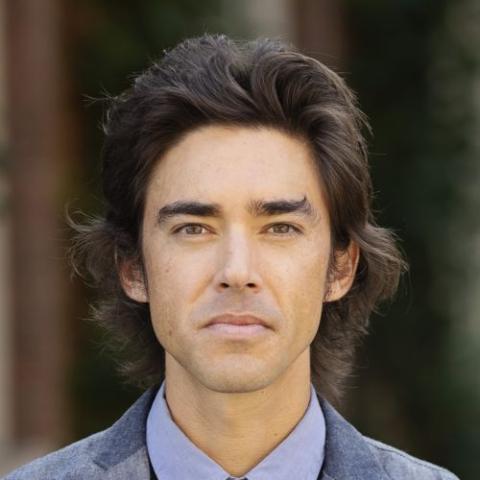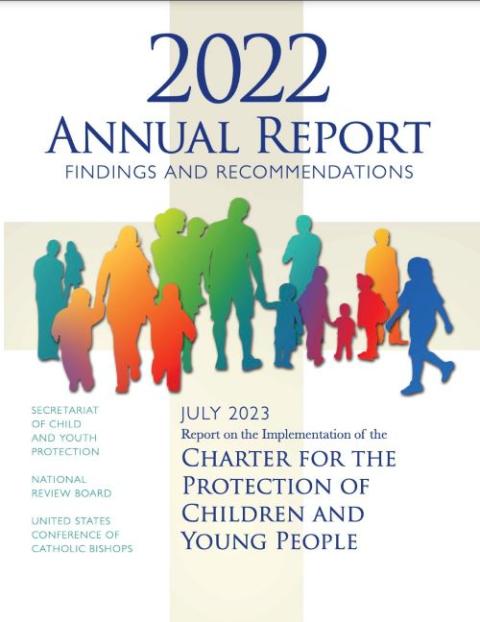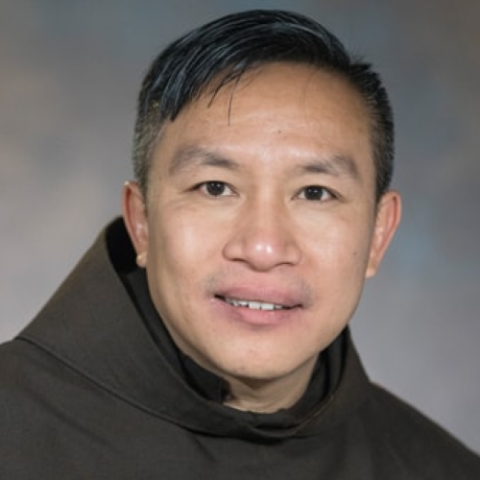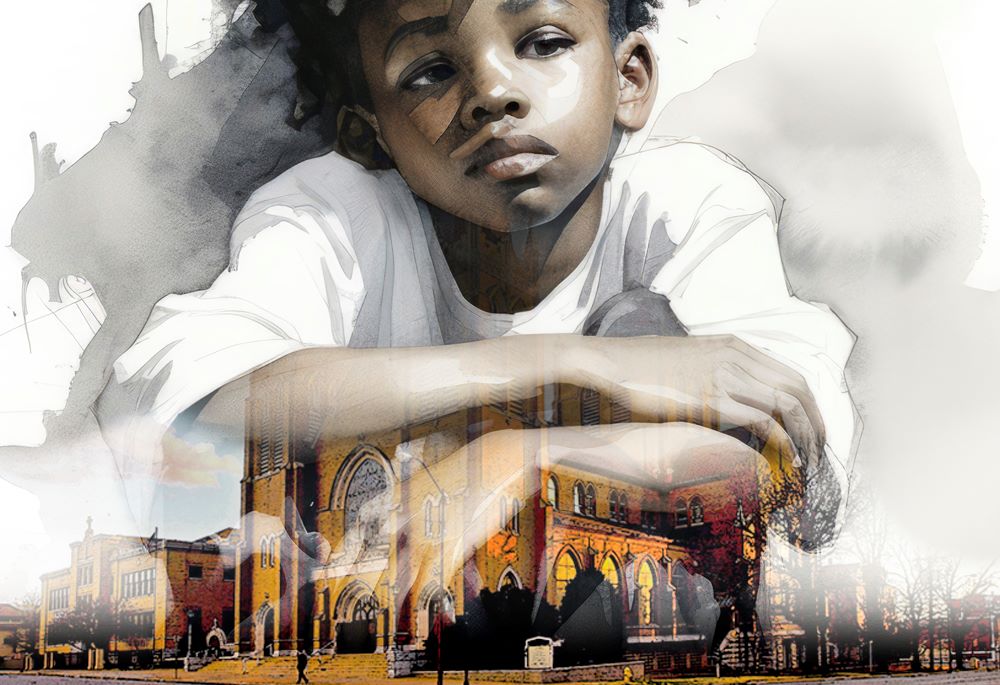
(NCR digital enhance/rastudio/CNS/Diocese of Tulsa)
Editor's note: This is the first in a two-part series about survivors of color and the clergy abuse crisis. The second part will be published Sept. 13.
As Kevin Johnson recalled an encounter with an abusive priest, the image of George Floyd on the ground, a knee to his neck, came to mind. Decades earlier Johnson, too, gasped for air during moments of terror.
He was 16 then, a Black teen daydreaming in a church-run community pool, when a white, Josephite-order priest who'd befriended him years prior allegedly molested him underwater.
"He dragged me under, where there was no oxygen, wrestled and assaulted me," Johnson told NCR. "I would eventually be allowed to return to the surface and breathe. It was not a knee to the neck but a hand down the front of the trunks."
The horror of that day remains vivid for Johnson, now 61. Yet stories like his — of clergy abuse survivors of color — are largely untold, even as racially and ethnically marginalized communities have been disproportionately harmed by abusive clergy, according to scholars.
The church, meanwhile, does not typically collect data on victims that experts think would provide critical information about the abuse crisis, including about possible racial disparities around settlements, and help the church better protect and minister to victims.
Fr. Bryan Massingale, a theologian at Fordham University in New York, is conducting the first in-depth study on clergy sexual abuse in African American communities. (CNS/Fordham University/Bruce Gilbert)
Fr. Bryan Massingale is a theologian at Fordham University in New York who is conducting the first in-depth study on clergy sexual abuse in African American communities.
There are important differences in the experiences of African American, Indigenous, Asian and Latino survivors, said Massingale, but they share a common reality — "all historically have been neglected in this conversation."
"I have a real fear that one day the Catholic Church is going to celebrate turning the corner on sexual abuse and leave countless people of color behind," said the priest. "We cannot in the name of justice, in the name of Christ, do that."
'This occurs in our community'
Aimee G. Torres remembers people affectionately referring to Fr. Honesto Bismonte, a Los Angeles archdiocesan pastor, as "Lolo Nes," Filipino for "Grandpa Nes." She also remembers the priest abusing her, starting when she was 8 years old.
Bismonte was a close friend of her aunt, who often cared for Torres, and he would sometimes come over after celebrating Mass and spend the night.
"The abuse would happen then," said the 38-year-old Torres.
In response to charges that he had abused Torres and another young girl, Bismonte pleaded guilty to misdemeanor battery in 2003 and was sentenced to two years of informal probation in Los Angeles. Torres currently is suing the Los Angeles Archdiocese under a California law temporarily pausing the statute of limitations for childhood sexual abuse survivors. She contends the archdiocese withheld information that would have "put Bismonte in jail 20 years ago."
In a statement before being served with the lawsuit, the archdiocese said it removed Bismonte from ministry when it learned of the alleged misconduct, reported the matter to law enforcement, and took several steps to notify parishioners in the archdiocese of the allegations. The statement did not address the claims that the archdiocese withheld information.
In 2019, Torres disclosed the abuse publicly, a decision she said was intended to encourage other Filipino victims of clergy abuse to come forward.
"I'm sure there are Filipino girls who are suffering in silence," she told NCR in an interview earlier this year. "They are afraid to have their stories dismissed, they don't have any examples of someone speaking out, and they don't have church hierarchy acknowledging that this occurs in our community."
Aimee Torres, pictured in 1999, reads during a Mass celebrated by Fr. Honesto Bayranta Bismonte in her family's home. In 2002, Bismonte was arrested and charged with sexually molesting two young girls, including Torres. He pleaded guilty to misdemeanor battery and was sentenced to two years of informal probation in Los Angeles and was removed from active ministry. (Courtesy of Aimee Torres)
Brian Clites, a leading scholar on clergy sexual abuse and a professor at Case Western Reserve University in Cleveland, said most U.S. bishops have not addressed race and ethnicity in the abuse crisis because they fear it would cause additional reputational harm to the church.
In general, communities of color receive less attention when it comes to structural violence and injustice, added Jack Downey, a professor at the University of Rochester in New York who's researched the abuse of Native Americans.
"That's not a Catholicism-specific phenomenon, of course," he said. "But I also don't think it's breaking news that the church in the United States has often treated Black and brown Catholics as marginal members, even while claiming otherwise."
"This erasure of ethnic and racial minorities" as victim-survivors magnifies their trauma, said Massingale.
Tia Noelle Pratt is a Villanova University professor who holds a doctoral degree in sociology and has researched systemic racism in the Catholic Church and the United States for more than two decades. She said the erasure "is yet another example" of systemic racism targeting people of color.
Until recently, what little public discussion there's been about survivors of color has been due to reporting from secular sources, according to Massingale, and Pratt believes Catholic media is culpable of damaging silence on the racial elements in abuse.
"I hope Catholic media will reckon with its own dismissal of how this crisis has impacted people of color in this church," Pratt said.
Scholars told NCR Catholics are now just beginning to talk about the role of race. Massingale highlighted Fordham's Taking Responsibility Initiative as the first time there's been a series of discussions on the impact of abuse on Native, Latino, Black and Asian communities. The project looked at the long-term impact of clergy sexual abuse and included online panels on how the crisis has affected racially and ethnically marginalized communities.
Last year Deacon Bernie Nojadera, executive director of the bishops' Protection of Young Children and Youth, participated in a panel convened by the Initiative on Catholic Social Thought and Public Life at Georgetown University that featured overlooked voices in the clergy abuse crisis.
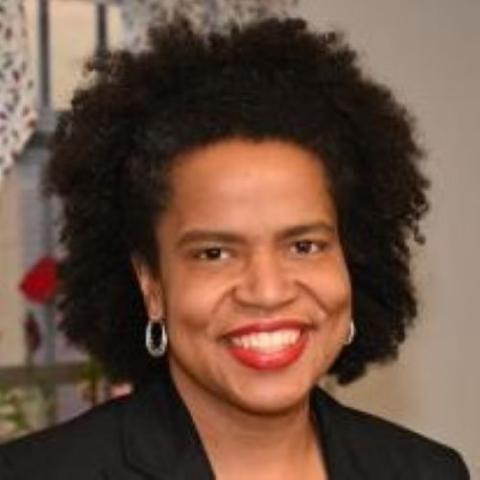
Villanova University professor Tia Noelle Pratt said erasure of clergy abuse survivors of color "is yet another example" of the church's systemic racism. (Courtesy of Tia Noelle Pratt)
Pratt said she hopes the recent focus on Indigenous children at Catholic-run residential facilities will prompt wider conversations about people of color and the sex abuse crisis. Not to shift the needed attention from Native peoples, she said, but for it "to inspire additional, needed conversations."
Insufficient demographic data
A major impediment to understanding and addressing the impact of the clergy abuse crisis on the racially and ethnically marginalized, according to scholars and advocates, is the lack of demographic data.
Massingale found through his research that the authoritative sources on clergy abuse, such as the U.S. bishops-commissioned John Jay Report, lack racial demographics. And he determined just one diocese in the United States, in Alexandria, Louisiana, tracks the race and ethnicity of survivors, and that's only since 2015.
The U.S. bishops' 2022 annual report on the implementation of the "Charter for the Protection of Children and Young People" (the charter was approved by the bishops in 2002 in response to the sexual abuse crisis) includes the gender and age range of victims but not race or ethnicity.
Fr. Walter Dayton Salisbury, whom Johnson said groomed and molested him in the 1970s, was charged with abusing several other children and was convicted of child abuse twice. In 1993, he was sentenced to one year in prison but ultimately was given probation. He was then removed from ministry.
Johnson recalls all Salisbury's victims as Black, but neither the Archdiocese of Galveston-Houston, which lists the priest as credibly accused, nor the Josephite order — founded after the Civil War to serve African Americans — gathers and shares racial and ethnic data of victims.
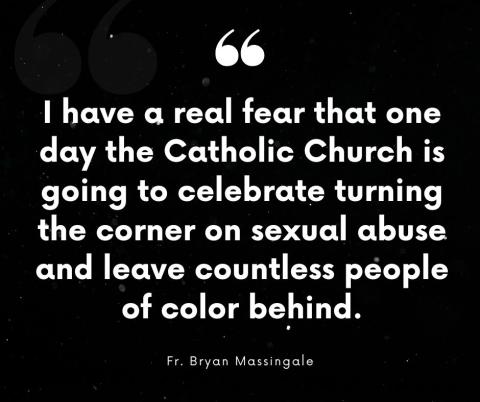
Without a database noting race and ethnicity, the full scope of harm suffered by Black people and other communities of color "is unknown and unknowable," said Massingale.
Franciscan Fr. Linh Hoang is a professor of religious studies at Siena College in New York and a consultant to the U.S. bishops' Subcommittee on Asian and Pacific Islander Affairs. The lack of demographic information is another reason people don't realize clergy abuse happens in Asian and Pacific Islander and other minority communities, he said. "A lot of people think we don't have these issues," said Hoang, who is from Vietnam.
The dearth of data also makes it impossible to identify additional victims and tend to those in need of the church's care, said Massingale.
"These are people who have been abused by the church and we owe it to them to be responsive to their pain, to be responsive to their plight and do what we can do to be agents of healing of the terrible injustice they've experienced," he said.
Among the many reasons Pratt thinks tracking racial data is essential is that it could provide information about racial disparities in settlements.
A 2019 Associated Press investigation found members of the Love family, from the Mississippi Delta, were offered $15,000 in legal settlements, while in 2006, the Diocese of Jackson, Mississippi, gave payouts of around $250,000 to 19 victims, 17 of whom were white. That's nearly 17 times higher than what the Loves were offered.
The two brothers and their cousin, all Black and poor, had accused members of the Franciscan Friars of the Assumption of the Blessed Virgin Mary of years of abuse, starting when they were young boys.
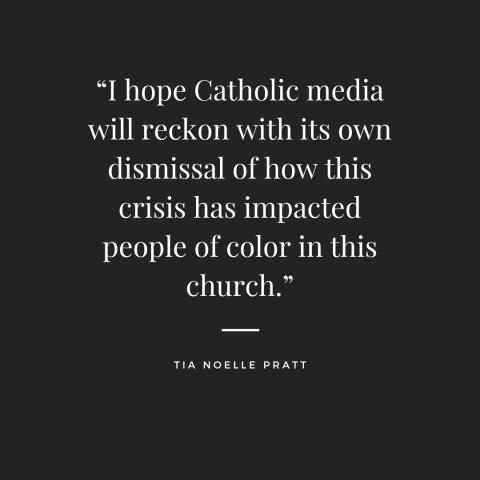
Pratt called the disparity in Mississippi "just another level of abuse."
"To atone for abuse you are abusing people again — and getting away with it, saying we don't track based on race," she said. Settlements like this exacerbate the racism people of color have already endured in the church, Pratt said.
A few diocesan victim assistance coordinators told NCR ethnic and racial demographics aren't relevant. Some said collecting such data would be an invasion of privacy or could jeopardize their relationship with survivors who were undocumented and already hesitant to contact church officials.
But others in victim outreach said it would be useful.
Deborah Rodriguez, a Mexican American, is a Washington-based physician whose allegation of abuse against Fr. Bruce MacArthur, an admitted serial abuser, was deemed credible by the San Antonio Archdiocese.
She has long ministered to people with a history of abuse and trauma and said racial and ethnic data would be "very helpful" for the church's response to clergy abuse, but it would need to be collected in a trauma-informed way.
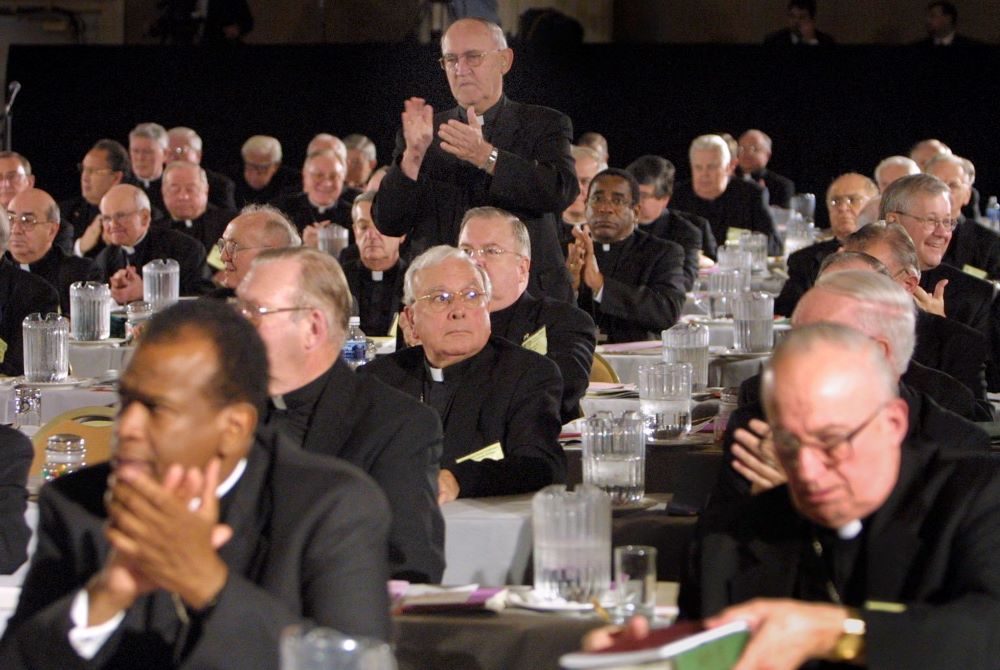
U.S. bishops applaud the vote approving a strict national policy to address clergy sexual abuse. The room of bishops all stood to acknowledge the vote at their meeting June 14, 2002, in Dallas. (CNS/Bob Roller)
It's not clear if U.S. bishops have had conversations about obtaining racial and ethnic information. Chieko Noguchi, spokesperson for the U.S. Conference of Catholic Bishops, did not respond to NCR's questions about such conference-level discussions.
Hoang said he knows of no bishops' committee that's examined the need for it.
The absence, said the priest, "shows how racial minorities are not usually included in church discussions."
Several scholars and advocates said they are not optimistic about the church mandating data collection.
Massingale believes legal settlements might be a way to ensure dioceses obtain and disclose racial and ethnic demographics.
"Sadly, most of the Catholic Church's engagement with this issue has come because of outside pressure," he said. "Almost every positive step the church has made is only because of determined advocacy from the victim-survivor community and because of legal pressure and legal settlements."
Bryan Smith, a Yakima, Washington, attorney who's been involved in numerous clergy abuse lawsuits, said record-keeping requirements, such as those related to race and ethnicity, could be required in a settlement.
A settlement in the Archdiocese of Santa Fe last year, for example, will create an archive of documents showing how decades of abuse occurred in the state.
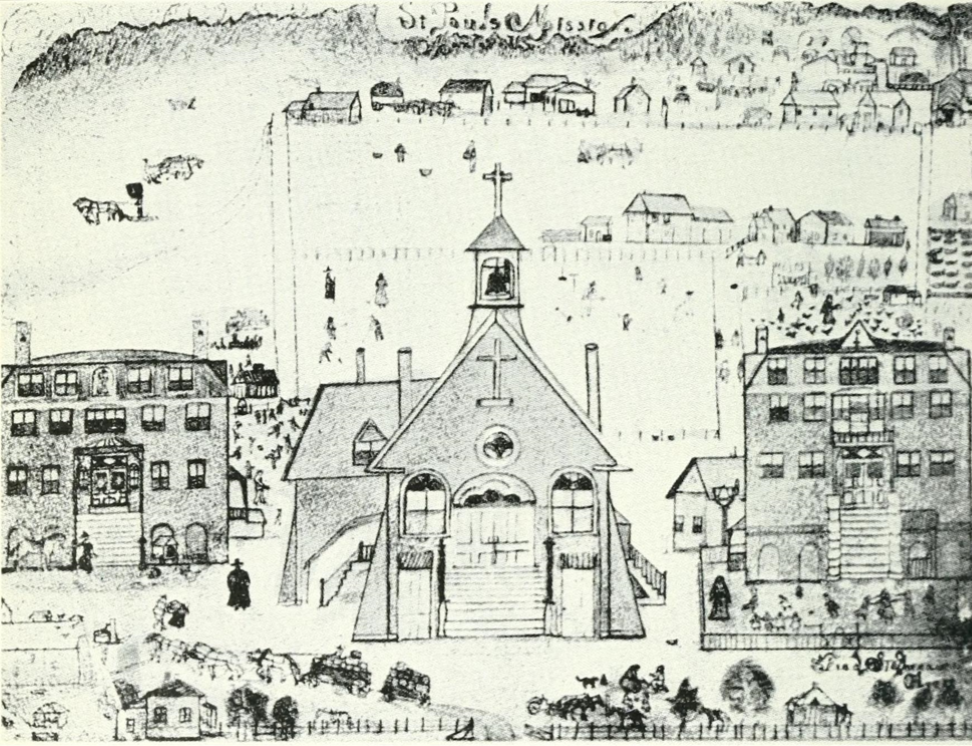
An 11-year-old Native American boy drew this picture of St. Paul's Mission in Hays, Fort Belknap Reservation, Montana, in 1911. A member of the Gros Ventre Tribe told NCR both a religious sister and a priest sexually assaulted him when he attended the mission's grade school on the reservation. (Wikimedia Commons/Public domain/Alva Josiah Noyes)
Dumping grounds for predator priests
Jay, a member of the Gros Ventre Tribe, attended the now-closed St. Paul Mission Grade School on the Fort Belknap Reservation in Montana.
In an interview with NCR, the 70-year-old said a religious sister had sexually assaulted him in front of a statue of Jesus, as did a priest who would take him to a remote shed in the mountains.
"It would occur near where we used to cut down Christmas trees," said Jay, who asked to be referred to by a nickname since he has not shared his abuse publicly.
"That's why the priests came here, far out of the way — they thought they could get away with it," Jay said, his voice faltering. "And they did."
In 2018, the Great Falls-Billings Diocese reached a $20 million agreement to settle claims with 86 clergy sex abuse victims. More than half the claims filed against the eastern Montana diocese came from remote parishes or schools, including St. Paul Mission Grade School.
"There's not a day that goes by that I don't think about the abuse," said Jay, who spent his career in special education to help other Native children. "I tried to drink my pain away for years, and I tried to end my life once."
Though large demographic data sets do not exist and scholars, advocates and survivors say scant attention has been given to the impact of the abuse crisis on Black, brown, Asian and Indigenous communities, newer research affirms marginalized groups' vulnerabilities were exploited and that "communities of color were disproportionately harmed by the shuffling of abusive priests," said Clites, the clergy abuse scholar.
Advertisement
Massingale, Downey and Kathleen Holscher, he said, are among the leaders "in this emerging work of attending to the suffering and experiences of nonwhite survivors."
A database published last year with research by Downey and Holscher, called "Desolate Country: Mapping Catholic Sex Abuse in Native America," shows over the past 70 years, 96 priests of the Jesuits West Province have been credibly accused of sexual abuse, and nearly half the priests spent time on tribal land.
Data was obtained from the church's list of credible claims of sexual abuse of a minor or vulnerable adult by priests and brothers. The map includes the names of priests on Montana's Fort Belknap Reservation.
"Native missions were places where the Catholic Church dumped priests that they knew were trouble," Holscher, an associate professor of religious studies and American studies at the University of New Mexico, told NPR last year. "Because they knew that if they put them on a Native mission, nobody would complain, or if people did complain, nobody would listen to them."
Susan Bigelow Reynolds, an assistant professor of Catholic studies at the Candler School of Theology at Emory University at Atlanta, said bishops also regularly treated immigrant- and minority-serving parishes as dumping grounds for serially abusive clergy.
A 2021 lawsuit filed on behalf of Raphael Love against the Franciscan Friars of the Assumption of the Blessed Virgin Mary Province, the Diocese of Jackson, a Franciscan priest and a former Franciscan brother, and St. Francis of Assisi School in Greenwood, Mississippi, aimed to confirm a pattern of racial discrimination both in the placement of known offenders and the treatment of survivors.
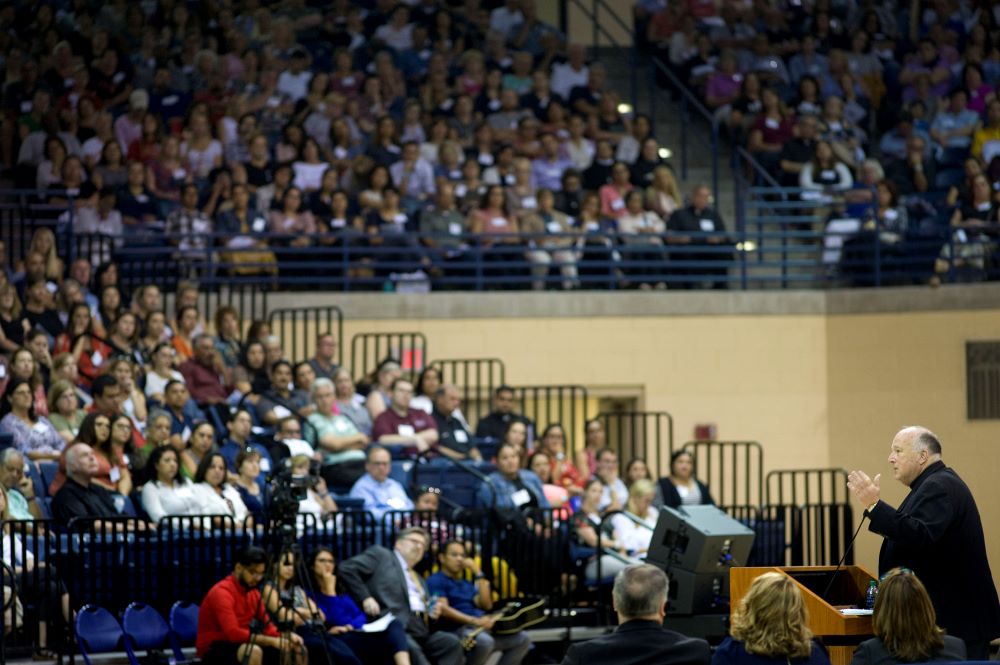
San Diego Bishop Robert W. McElroy leads an Aug. 13, 2019, meeting with the more than 2,500 San Diego diocesan employees in response to Pope Francis' call to confront sexual abuse of minors and other vulnerable people. Advocates say diocesan practices should include sensitivity to additional barriers people of color face in reporting abuse.(CNS/David Maung)
It was the first legal action to focus on racial discrimination in the clergy abuse crisis, according to Peter Isely, a founding member of both the Survivors Network of Those Abused by Priests, or SNAP, and of Ending Clergy Abuse, an international network of survivors, activists and advocates.
The defendants denied the allegations in their answer to the claims of the lawsuit, and the charges were withdrawn in light of the settlement. But Isely contends the outcome in no way undermines the truth of the claims.
"The Loves really represent part of a bigger pattern of racial discrimination and that struggle for justice for survivors of color, particularly poor survivors of color — one of the groups most likely to be invisible," he said.
In an article titled " 'I Will Surely Have You Deported:' Undocumenting Clergy Sexual Abuse in an Immigrant Community" (which won a top award from the Catholic Theological Society of America this year), Reynolds looks at the case of Msgr. Peter Garcia, a priest in the Los Angeles Archdiocese who was ordained in 1966. Garcia was the secretary for Hispanic affairs in the archdiocese, which meant he occupied a unique position of trust, said Reynolds.
He also was responsible for the violent abuse of at least 20 boys between 1966 and 1987, she said. "Many of these boys came from undocumented families, and professionals suspected that Garcia targeted them specifically because their undocumented status made it unlikely for their families to go to authorities."
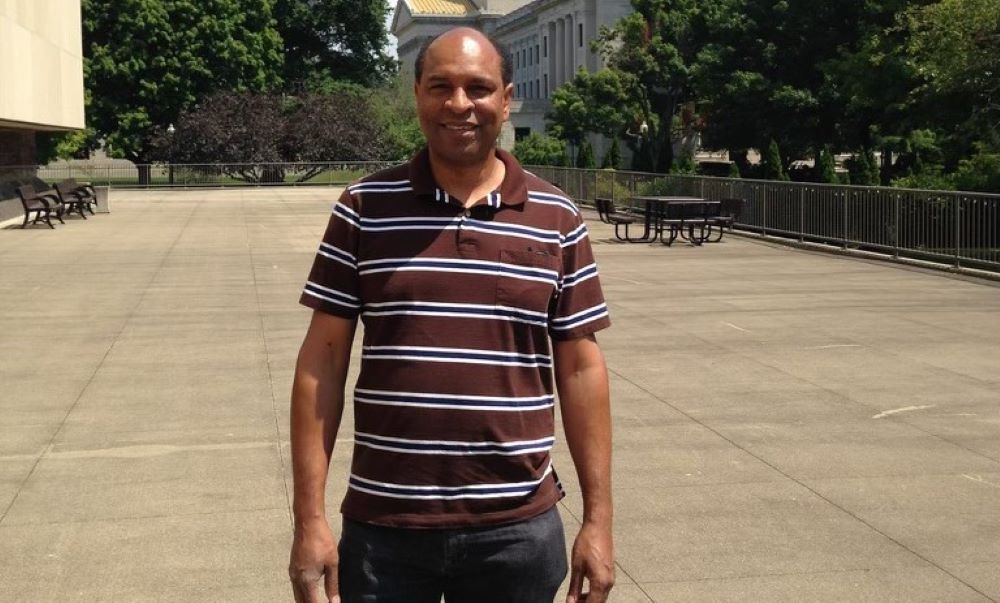
Kevin Johnson poses near the West Virginia Capitol Building in 2014. The former altar server said he was sexually assaulted by a Josephite priest when he was a teenager. The Josephites were founded after the Civil War to minister to African Americans. (Courtesy of Kevin Johnson)
Downey said the trauma of abuse often has been compounded in communities of color.
Native Americans, for example, were sexually abused by Catholic nuns and priests as they simultaneously were stripped of their heritage, families, lands, language, traditions and spirituality.
Speaking about the African American community, Pratt described clergy abuse as one more layer of trauma "when there are so many layers already."
Years after his alleged assault, Johnson said he continues to cope while navigating "what it means to be Black in society."
The experience with Salisbury was not a physical death like George Floyd's, he added. It was "a death of my former self clinging to the possibility that maybe danger was just in my mind."
"If people don't believe how police brutality impacts us," he said, "why would they believe Black survivors about this?"
Editor's note: Part 2 of this series examines the cultural and social barriers survivors of color face in reporting abuse and what the church might do to better minister to racially and ethnically marginalized victims.

